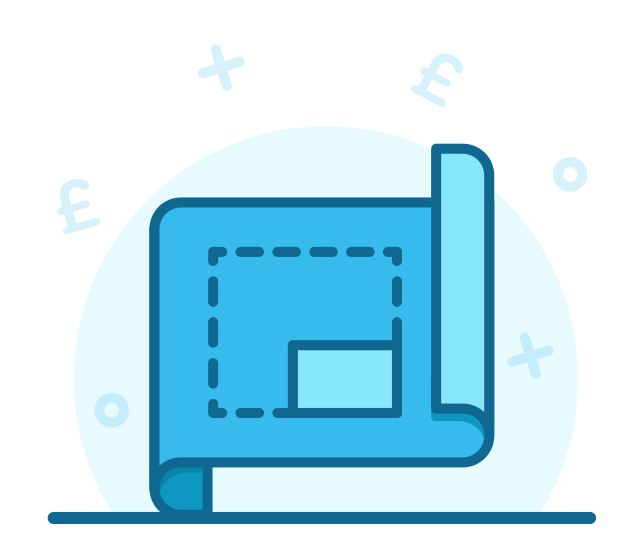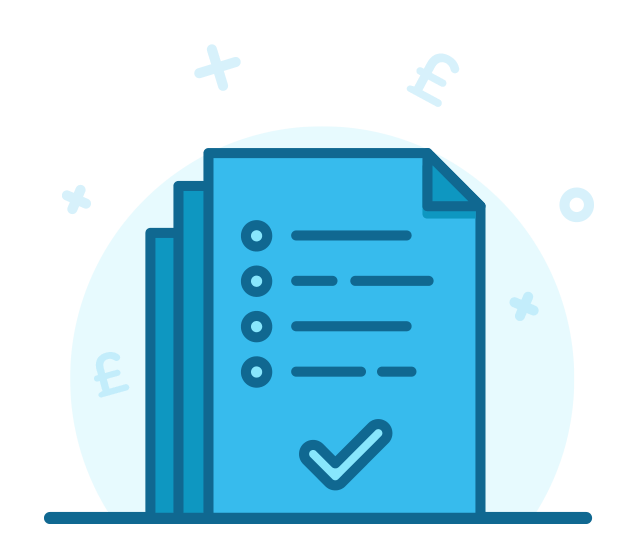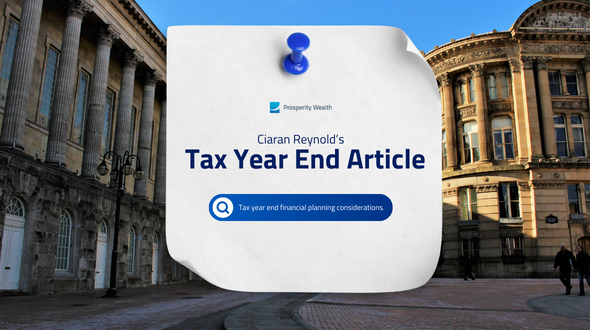There are a number of rules in place for investors that are looking to claim EIS tax relief. As such, it is important to be aware of the limitations.
First, you may only invest up to £1 million in EIS-qualifying companies within a single tax year. This may be split through numerous companies. Additionally, EIS tax relief must not be carried forward.
You may also only hold the shares for a minimum of three years. Any shares disposed of within this period, through sale or gifting will be subject to relief clawback.
Shares subject to tax relief must be brand new shares that have not been on the market previously and the investor must have no direct connection to the EIS company.
Providing you meet this criteria, you may claim EIS tax relief. To do so, you must make HMRC aware of the claims for relief in the current tax year. They will then either make an adjustment to your Self-Assessment or change your PAYE code.
Claims for losses are slightly different, requiring you to make a claim through your tax return. This must be done before the following 31 January.






















